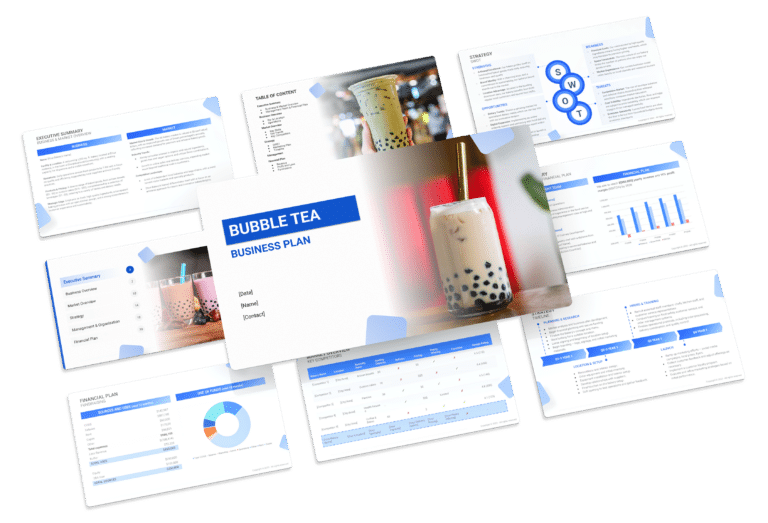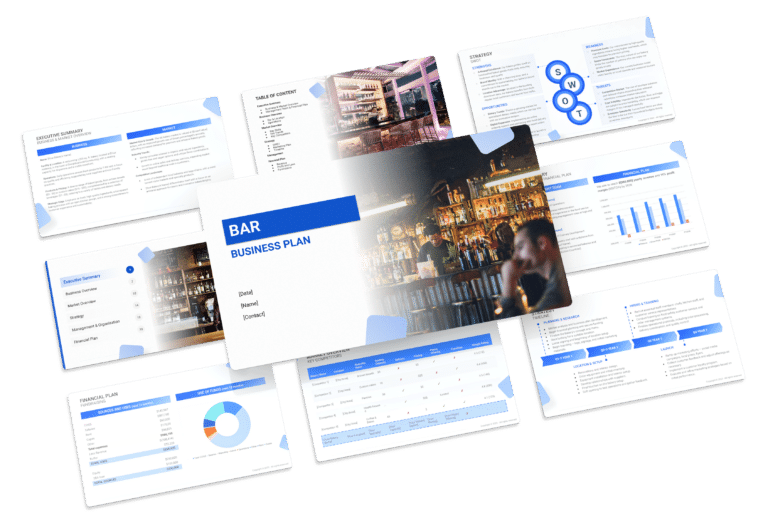How to Prepare a SWOT for a Food Truck

Conducting a SWOT analysis is paramount when crafting a business plan for a food truck venture. SWOT, encapsulating Strengths, Weaknesses, Opportunities, and Threats, serves as a strategic tool for food truck owners to comprehensively assess their operations. While strengths and weaknesses are internal aspects within the food truck’s control, opportunities and threats emanate from external factors that can influence the business.
Integrating a SWOT analysis into the business plan facilitates a nuanced understanding of the food truck’s position in the market. It sheds light on areas ripe for growth and enhancement. For instance, strengths may encompass a unique menu, efficient mobility, and a loyal customer base, while weaknesses might involve limited parking options or dependency on weather conditions.
This article will explore diverse examples of strengths and weaknesses, guiding food truck entrepreneurs in seamlessly incorporating them into their business strategies.

Strengths
When assessing the strengths of your Food Truck Studio, you need to consider the internal factors that give you a competitive edge. Here are some key strengths to contemplate:
- Unique Culinary Creations: Your food truck may feature a distinctive and innovative menu, offering dishes that stand out from the competition.
- Example: If your food truck specializes in fusion cuisine, such as Mexican-Korean tacos, you can attract adventurous foodies seeking novel flavors.
- Mobility and Flexibility: Food trucks can easily change locations, catering to diverse customer bases and participating in various events.
- Example: Attending local festivals, farmers’ markets, and corporate events allows you to tap into different demographics and maximize revenue.
- Lower Overhead Costs: Operating a food truck typically incurs lower overhead costs compared to a traditional restaurant, providing potential for higher profit margins.
- Example: Reduced expenses on rent and utilities can allow you to allocate resources to improving the quality of your ingredients and customer experience.
- Direct Customer Interaction: Food trucks offer the advantage of direct interaction with customers, allowing you to build a loyal clientele and receive immediate feedback.
- Example: Engage with customers by asking for their opinions and using social media to keep them informed about your daily specials and events.
Weaknesses
Identifying weaknesses is crucial to address areas where your Food Truck Studio may be vulnerable. Here are some common weaknesses to consider:
- Seasonal Challenges: Weather conditions and seasonal fluctuations can impact food truck sales, leading to revenue instability.
- Example: In colder months, consider offering heartier dishes to attract customers seeking comfort food.
- Limited Storage and Workspace: The confined space of a food truck can restrict your ability to prepare and store ingredients, potentially affecting your menu options.
- Example: Streamline your menu to focus on dishes that require minimal storage and preparation space, ensuring efficiency during peak hours.
- Vehicle Maintenance: Maintaining and repairing your food truck is an ongoing expense that can disrupt operations and strain your budget.
- Example: Establish a regular maintenance schedule to prevent unexpected breakdowns and maintain the vehicle’s appearance.
- Regulatory Compliance: Food trucks must adhere to various health and safety regulations, which can be complex and require ongoing attention.
- Example: Invest in staff training and equipment maintenance to ensure compliance with food safety standards, minimizing the risk of health violations.
Opportunities
Exploring opportunities allows you to identify avenues for growth and expansion. Here are some potential opportunities for your Food Truck Studio:
- Collaborations and Partnerships: Collaborate with local businesses, breweries, or event organizers to expand your customer base and enhance your brand visibility.
- Example: Partner with a nearby brewery to create exclusive food and drink pairings for special events.
- Online Ordering and Delivery: Embrace the digital age by offering online ordering and delivery services to reach a broader audience.
- Example: Create a user-friendly website and partner with food delivery platforms to make ordering from your food truck convenient and accessible.
- Catering Services: Explore catering opportunities for corporate events, weddings, and private parties to generate additional income.
- Example: Develop a catering menu that showcases your signature dishes and appeals to a variety of event types and sizes.
- Social Media Marketing: Leverage the power of social media platforms to engage with your audience, promote daily specials, and build a loyal following.
- Example: Run social media contests and offer exclusive discounts to encourage customers to follow and engage with your profiles.
Threats
Identifying potential threats is essential for risk mitigation. Here are some threats that your Food Truck Studio may encounter:
- Intense Competition: The food truck industry is highly competitive, with new trucks constantly entering the market.
- Example: Stay competitive by regularly updating your menu, maintaining high-quality ingredients, and seeking feedback from customers to refine your offerings.
- Fluctuating Food Costs: The prices of ingredients can be volatile, affecting your profit margins.
- Example: Build strong relationships with local suppliers to negotiate better prices and explore seasonal ingredient options to minimize cost fluctuations.
- Regulatory Changes: Evolving health and safety regulations can lead to increased compliance requirements and potential disruptions.
- Example: Stay informed about regulatory changes and adjust your operations accordingly to ensure compliance.
- Economic Downturns: Economic downturns can impact consumer spending habits, potentially affecting your food truck’s sales.
- Example: Diversify your menu to include budget-friendly options without compromising quality to appeal to a broader customer base during tough economic times.





